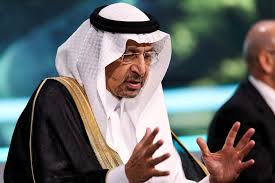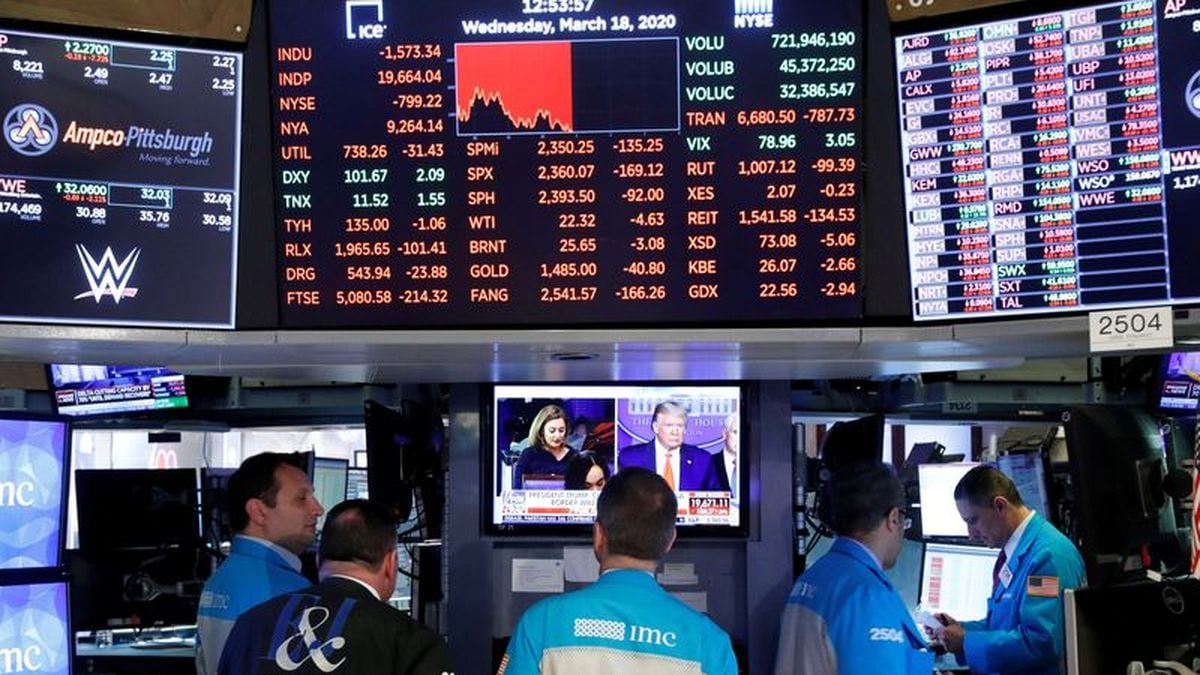The global trade environment is constantly evolving, with shifting alliances and new opportunities shaping the economic map of the 21st century. While the Gulf Cooperation Council (GCC) has been engaged in long-standing negotiations with China to formalize a free trade agreement, the process has moved at a slower pace than expected. This delay has not deterred Beijing’s ambitions, however. Instead, China has pivoted toward building stronger bilateral ties with Saudi Arabia, the largest economy in the Gulf and a crucial partner in both energy and investment.
The move reflects not only China’s pragmatism but also Saudi Arabia’s own willingness to diversify its international partnerships, reduce dependence on traditional Western allies, and accelerate economic diversification under its ambitious Vision 2030 program. The result is a deepening economic relationship that is likely to shape the future of Asia-Middle East cooperation.
Why China Is Turning Toward Saudi Arabia
For decades, China’s rapid industrial growth has been fueled by secure access to energy resources, particularly crude oil. Saudi Arabia, being the world’s largest oil exporter, has naturally become a critical supplier to China. But the relationship today is no longer just about oil; it is expanding into technology, infrastructure, investment, and joint projects that promise long-term cooperation.
The slowdown in GCC-wide trade deal talks has highlighted the challenges of negotiating with a six-member bloc, each with its own economic priorities. Instead of waiting indefinitely, China has decided to fast-track progress by intensifying its bilateral partnerships. Among these, Saudi Arabia is the most attractive partner, offering not just energy security but also ambitious investment opportunities across renewable energy, advanced manufacturing, digital transformation, and mega-projects that align with China’s expertise in construction and technology.
This shift underscores China’s ability to adapt and pursue win-win collaborations, even when multilateral negotiations face hurdles.
Saudi Arabia’s Vision 2030 and China’s Belt and Road
Saudi Arabia’s Vision 2030 plan is designed to transform the kingdom from an oil-dependent economy into a diversified hub of technology, logistics, tourism, and financial services. Achieving these goals requires massive investment, infrastructure development, and global partnerships. China, with its Belt and Road Initiative (BRI), offers exactly the kind of collaboration that matches Saudi Arabia’s long-term vision.
Through the BRI, China has committed to building ports, railways, industrial zones, and digital infrastructure across Asia, Africa, and the Middle East. Saudi Arabia’s geographical position at the crossroads of Europe, Asia, and Africa makes it a strategic node in this network. By aligning Vision 2030 with the BRI, both countries are able to leverage their strengths: China brings its engineering, technology, and financing capabilities, while Saudi Arabia provides strategic location, energy resources, and capital investment potential.
The result is a natural synergy that strengthens their partnership beyond traditional oil trade.

The Energy Dimension Remains Strong
Despite diversification, energy continues to be the backbone of China-Saudi relations. China is already the largest importer of Saudi crude, and recent agreements have deepened cooperation in refining, petrochemicals, and even renewable energy. Saudi Aramco has invested in refining and chemical projects in China, while Chinese companies are exploring investments in Saudi Arabia’s energy diversification projects.
As global energy markets shift toward renewables and cleaner technologies, the partnership is also expanding into hydrogen, solar, and wind energy. Saudi Arabia aims to become a global leader in green hydrogen production, and China, with its technological edge, is emerging as a natural partner in these projects.
Energy trade ensures stability in the relationship, but the move toward renewables shows both sides are planning ahead for a world less dependent on fossil fuels.
Expanding Cooperation in Technology and Infrastructure
Beyond oil and energy, technology has become another pillar of China-Saudi cooperation. Chinese companies are playing a role in Saudi Arabia’s digital transformation goals, building smart cities, data centers, and telecommunications infrastructure. For example, partnerships in 5G technology and AI-driven solutions are positioning Saudi Arabia as a digital hub for the region.
Infrastructure is another major area of collaboration. China’s experience in building high-speed rail, smart logistics hubs, and mega infrastructure aligns with Saudi Arabia’s ambitious projects such as NEOM, the futuristic $500 billion city that aims to redefine sustainable living. Chinese firms have already been involved in construction and technological support for such projects, strengthening their foothold in the kingdom.
These collaborations reflect how the partnership is broadening into sectors that are crucial for future growth, rather than being limited to energy.
Geopolitical Significance of Closer Ties
The strengthening of China-Saudi relations carries wider geopolitical implications. For China, forging closer ties with the Gulf’s largest economy ensures not only energy security but also strategic influence in a region traditionally dominated by the United States. Saudi Arabia, meanwhile, benefits from balancing its foreign partnerships, reducing overreliance on any single global power, and strengthening its role as a bridge between East and West.
The Gulf trade deal’s delay also reflects broader regional complexities, but by moving bilaterally, China and Saudi Arabia demonstrate that cooperation does not have to wait for wider consensus. Their growing partnership could eventually set a precedent for how other Gulf states engage with China.
In a world where global trade alliances are becoming more fragmented, this bilateral approach may prove more effective than large multilateral agreements.

The Role of Investment and Finance
One of the most promising aspects of the partnership is investment. Saudi Arabia, through its Public Investment Fund (PIF), has been actively seeking opportunities in global markets, from sports to technology startups. Partnering with China opens access to one of the largest consumer markets in the world and provides opportunities for co-investment in sectors like fintech, e-commerce, and logistics.
At the same time, Chinese investors see Saudi Arabia as an attractive destination due to its ambitious reforms, privatization efforts, and mega-projects that require international expertise and capital. The financial dimension of this relationship is therefore mutually beneficial, with both sides seeking to diversify income sources and strengthen long-term growth.
Challenges Ahead
While the outlook for China-Saudi relations is positive, challenges remain. Political sensitivities, differences in regulatory frameworks, and global geopolitical tensions could pose obstacles. The delay in the GCC trade deal also reflects underlying complexities that cannot be ignored.
Additionally, both nations must navigate the expectations of other partners. Saudi Arabia continues to maintain close ties with the United States and Europe, while China must manage its relations with other Gulf states that may feel left behind if bilateral partnerships take precedence over collective agreements.
Nevertheless, the momentum of China-Saudi ties suggests that both nations are willing to manage these challenges pragmatically.
Looking Toward the Future
The trajectory of China-Saudi cooperation is clear: it is expanding, diversifying, and becoming more strategic. With the Gulf trade deal still pending, bilateral engagement offers the fastest path forward. Both nations are leveraging their respective strengths, aligning long-term visions, and creating partnerships that can withstand global uncertainties.
For Saudi Arabia, closer ties with China accelerate its Vision 2030 transformation. For China, Saudi Arabia provides not just oil security but also a platform for wider influence in the Middle East. Together, they represent a powerful partnership that is shaping the future of global trade.
As the world watches, the strengthening of China-Saudi ties may well become a defining feature of international relations in the coming decades, proving that pragmatic bilateral cooperation can sometimes achieve more than protracted multilateral negotiations.
Do follow Gulf Magazine on Instagram.
Also Read –How Safe Is Roblox for Kids? Gulf Countries Consider Ban



